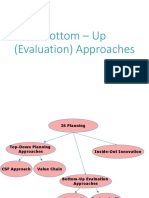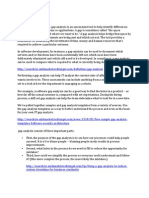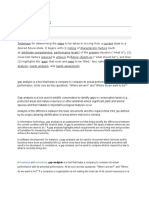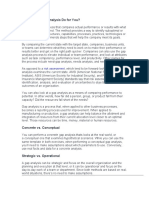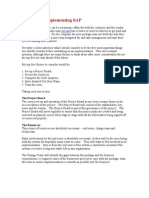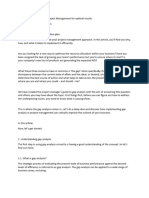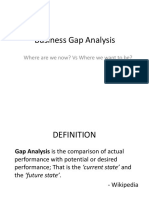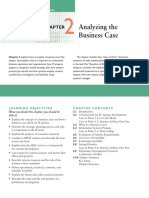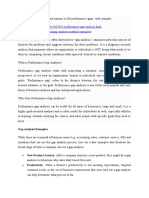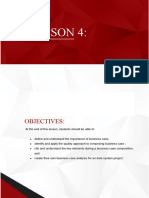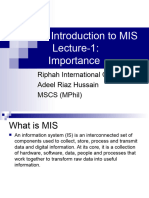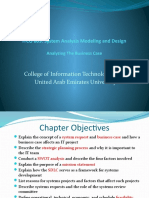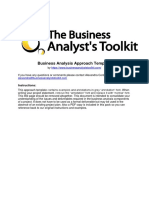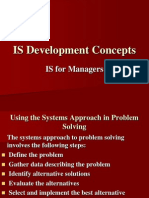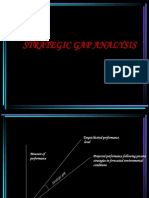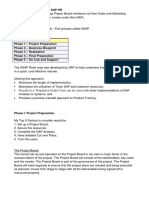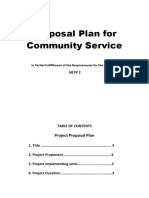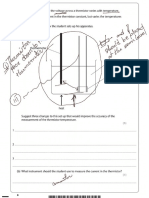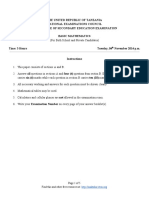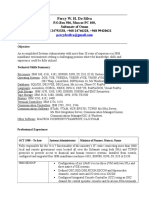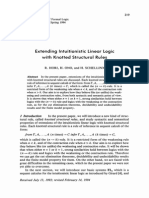0% found this document useful (1 vote)
589 views16 pagesChapter 9
This document discusses developing a business case to justify investment in a new information system. It provides a general framework including analyzing the current state, desired future state, and identifying gaps. A gap analysis determines differences between the current and future states. The applications portfolio classifies current systems and can identify high potential future systems. Developing a strong business case justification is key to obtaining approval for new systems.
Uploaded by
api-3737196Copyright
© Attribution Non-Commercial (BY-NC)
We take content rights seriously. If you suspect this is your content, claim it here.
Available Formats
Download as PDF, TXT or read online on Scribd
0% found this document useful (1 vote)
589 views16 pagesChapter 9
This document discusses developing a business case to justify investment in a new information system. It provides a general framework including analyzing the current state, desired future state, and identifying gaps. A gap analysis determines differences between the current and future states. The applications portfolio classifies current systems and can identify high potential future systems. Developing a strong business case justification is key to obtaining approval for new systems.
Uploaded by
api-3737196Copyright
© Attribution Non-Commercial (BY-NC)
We take content rights seriously. If you suspect this is your content, claim it here.
Available Formats
Download as PDF, TXT or read online on Scribd
/ 16
